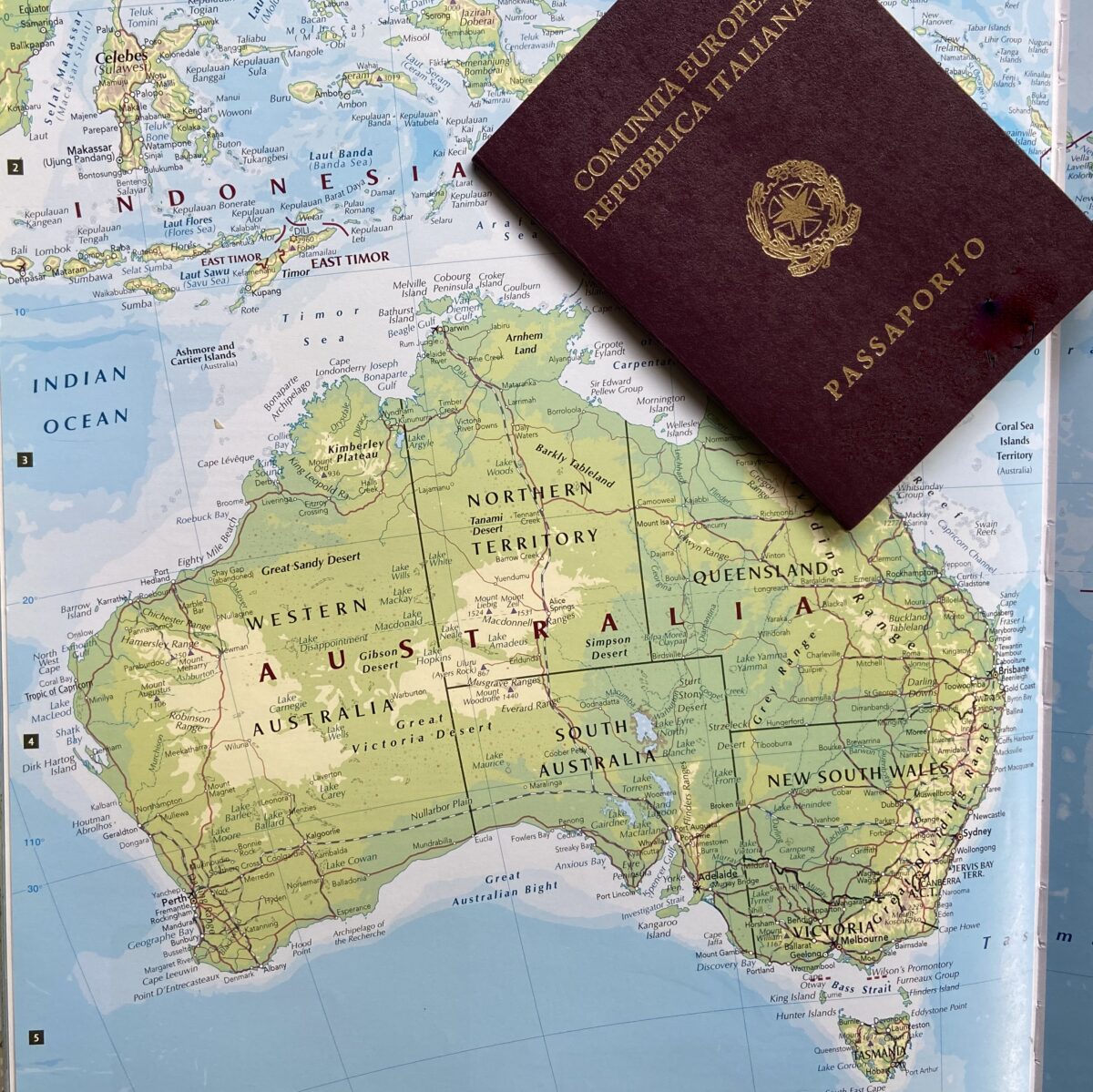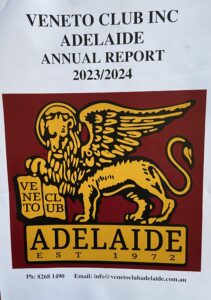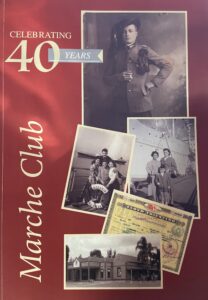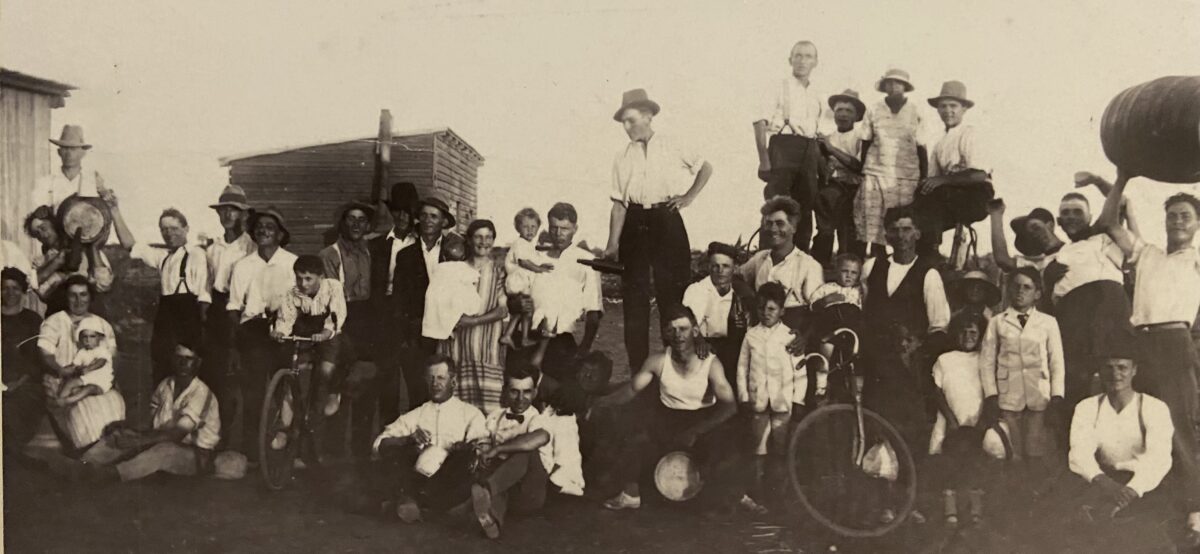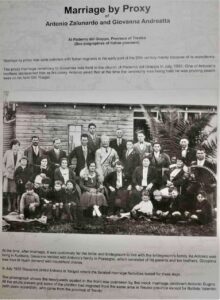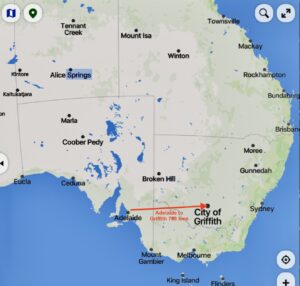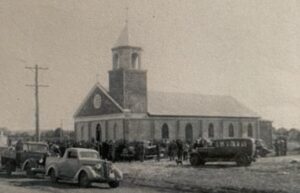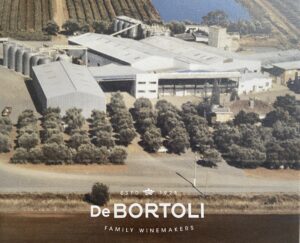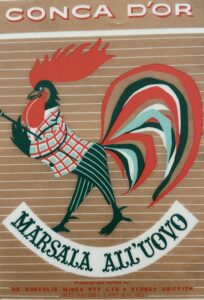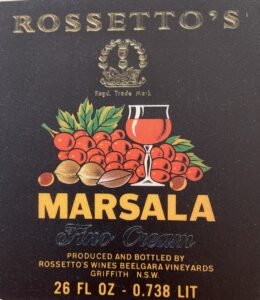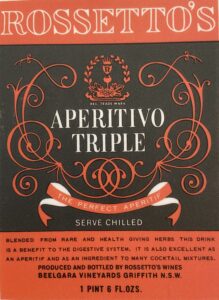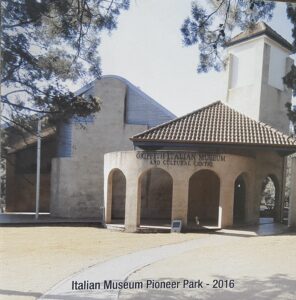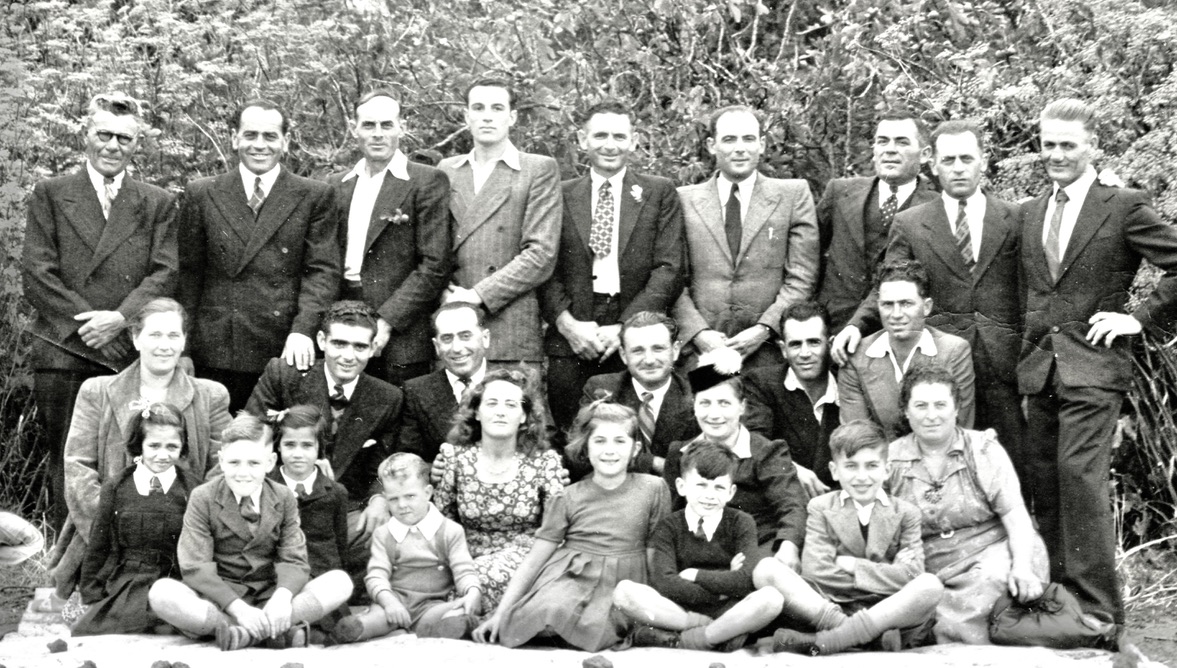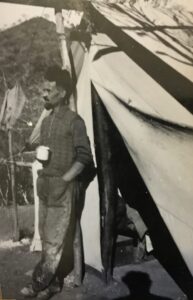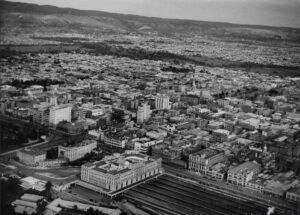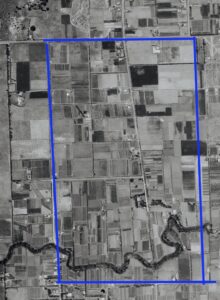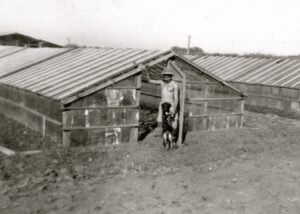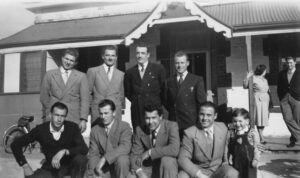This blog provides a small insight into Italian migration to Australia. It follows the previous post on Italians in Griffith, New South Australia. Photos of books about Italians in Australia are features. (Click to enlarge them)
Italian people first migrated to Australia in the mid 1800s. They were usually from poor rural areas and the difficult economic conditions in Italy motivated people to migrate to other European countries, United States, South America and Australia. It is estimated that between the 1870s and 1900, about 300,000 Italians left their homes each year to migrate to other countries.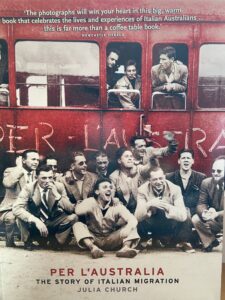
Some early census statistics
1881 – there were were fewer than 2,000 people who were born in Italy living in Australia. In South Australia, there were 141 Italians – 133 men and and 8 women. Towards the end of the century, small groups settled in Port Pirie and Port Adelaide from Molfetta in the region of Puglia and worked as fishers.
1921 – just over 8,000 Italians were living in Australia and 344 were in South Australia.
Between 1926 and 1928, the Veneto market gardeners arrived at a time when the numbers of Italian migrants in Australia increased greatly because the United States of America had imposed a strict quota and although Australia was much further away, it was an option for people who were seeking a life with more opportunities for work and a more hopeful future.
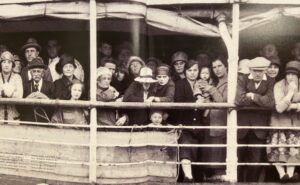
1933 – the number of Italians had grown to more than 26,500. In South Australia, there were nearly 1,500. Men outnumbered women 3:1.
Italians who lived in South Australia in these years came mainly from five regions: Calabria, Campania, Friuli-Venezia Giulia, Puglia and the Veneto. At first, the majority of the migrants lived in the west-end of the City of Adelaide.
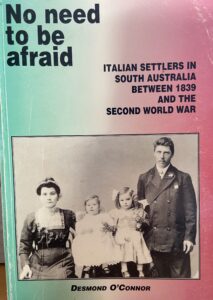 Des O’Connor’s book is the most significant history of the migration and settlement of Italians in South Australia up to World War II.
Des O’Connor’s book is the most significant history of the migration and settlement of Italians in South Australia up to World War II.
Post-war migration of Italian people
The Australian Government developed immigration policies after World War II with programs like the ‘Populate or Perish’ initiative and the Displaced Persons Scheme. This opened the way for large numbers of Italian people to migrate to Australia.
Between 1945 and 1972, it is estimated that about 374,00 Italians migrated to Australia. Approximately 30,000 arrived in South Australia. Many arrived through the assisted passage program which required the migrant to undertake a two-year employment contract usually in unskilled areas. The 1950s were the peak period for the arrival of Italian migrants.
Changes in the numbers of Italian-born people in Australia
In 1981 the total population of Australia was nearly 15 million. In that year just over 285,000 people were born in Italy. The numbers of Italian-born people in Australia has decreased from the 1980s. In the five years 1981 to 1986, there was a decline of over 5.1%. The median age (the age at which half is older and half is younger) of Italians has also decreased.
In 2000, when the population of Australia was a little over 19 million there were 242, 000 Italian-born people.
In 2012, Italian-born people were the ninth largest group of overseas-born people in Australia and made up 0.9 of the total population. The total population was 22.7 million.
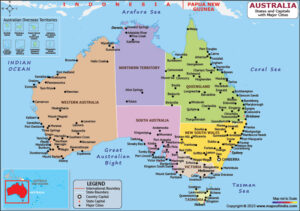
Italians in South Australia
In the 2021 census, 16,653 people recorded Italy as their country of birth. The largest group (78.2%) were over 65 years.
Most of the Italian-born people or 92% live in the Adelaide metropolitan area. The largest groups live in the north-eastern side of the city in Payneham, Campbelltown, Hectorville and Newton. There are also groups who live in the western suburbs concentrated mainly in the Fulham Gardens and Lockleys areas.
Some communities have written and published their histories. These histories tell the stories of migration of individual families and the development of the communities in South Australia over time from last century.
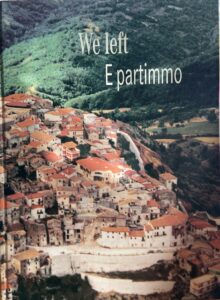

 Italian people have strong connections to their villages, provinces and regions of origin. Clubs and associations were established in the 1970s when Australia had adopted multicultural policies although the first one, the Fogolar Furlan Adelaide commenced operating in 1958.
Italian people have strong connections to their villages, provinces and regions of origin. Clubs and associations were established in the 1970s when Australia had adopted multicultural policies although the first one, the Fogolar Furlan Adelaide commenced operating in 1958.
The clubs were established around Australia created atmospheres that were familiar and provided opportunities to meet paesani, speak dialect and enjoy typical food and cultural activities. Today, the clubs do not attract the numbers of people because the second and third generation Italian Australians do not have the same needs as their parents and grandparents who wanted the familiarity of a close community in Australia.
In the 2021 census the population of Australia was approximately 25.5 million. Over 1 million people claimed Italian ancestry or about 4.4% of the population. The impact of Italian culture is very evident – you only have to look at the number of Italian restaurants and gelati shops!
Madeleine Regan
3 December 2023
Photos by Madeleine.
References
Australian Bureau of Statistics
CO.As.It
Collins World Atlas
O’Connor, Desmond, No Need to be Afraid: Italian Settlers in South Australia between 1839 and the Second World War, Wakefield Press, 1996.
